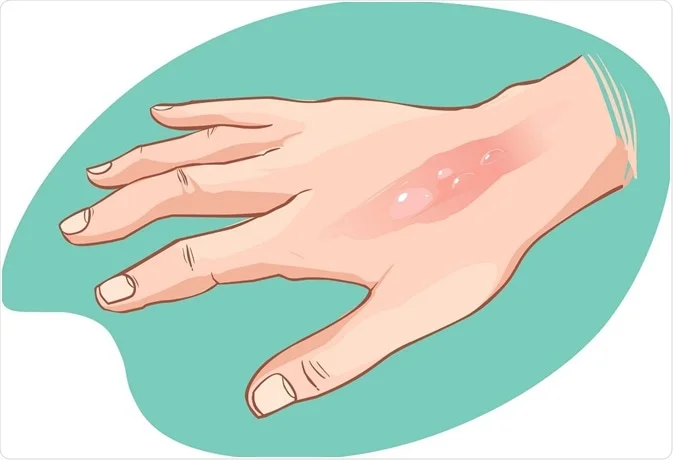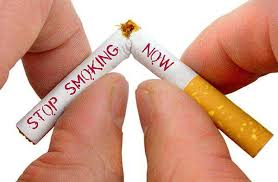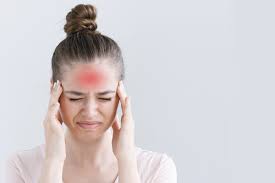Contents
ozeku.com – Burn injuries can occur in various situations, whether from cooking accidents, exposure to flames, chemicals, or hot surfaces. While minor burns can often be treated at home, more severe burns require medical attention. Understanding how to treat burn injuries effectively can reduce pain, prevent complications, and promote healing. This article provides comprehensive tips for treating burn injuries, categorized by the severity of the burn.
Baca Juga: Grand Blue Fantasy: Sebuah Pengalaman RPG yang Mengesankan
Understanding Burn Severity
Before diving into treatment methods, it’s essential to understand the different degrees of burns:
- First-Degree Burns: Affect only the outer layer of skin (epidermis). Symptoms include redness, minor swelling, and pain. Sunburn is a common example.
- Second-Degree Burns: Affect both the epidermis and the second layer of skin (dermis). Symptoms include blisters, severe pain, swelling, and a moist appearance.
- Third-Degree Burns: Extend through the dermis into the subcutaneous tissue. The affected area may appear white, leathery, or charred. These burns can be painless due to nerve damage.
- Fourth-Degree Burns: Involve all layers of skin and underlying tissues, such as muscles and bones. They are life-threatening and require immediate medical attention.Baca Juga: My Hero Ultra Rumble: Menghadirkan Pertarungan Epik di Dunia My Hero Academia
General First Aid Steps for Burns

1. Assess the Burn
Identify the severity of the burn to determine the appropriate treatment. If the burn is severe (second degree or higher), seek medical attention immediately.
2. Cool the Burn
For minor burns, cooling the affected area is crucial. Here’s how:
- Use Cool Water: Immerse the burn in cool (not cold) water for 10 to 20 minutes. If immersion isn’t possible, run cool water over the burn. Avoid using ice, as it can further damage the tissue.
- Avoid Using Ice or Very Cold Water: While it may seem helpful, ice can constrict blood vessels and damage the skin further.
3. Remove Tight Clothing and Accessories
If the burn area is on an arm or leg, remove any tight clothing or jewelry before swelling occurs. However, do not remove anything that is stuck to the burn.
4. Cover the Burn
- Use a Non-stick Bandage: After cooling the burn, gently pat it dry and cover it with a non-stick bandage or clean cloth. This helps protect the area from infection.
- Avoid Applying Cotton Balls: Cotton fibers can stick to the burn, making situs resmi idncash mudah menang it difficult to remove without causing further injury.
5. Pain Management
- Over-the-Counter Pain Relief: Non-steroidal anti-inflammatory drugs (NSAIDs) such as ibuprofen or acetaminophen can help alleviate pain and reduce inflammation. Always follow the recommended dosage instructions.
6. Hydration
If the burn is severe or covers a large area, ensure the affected person stays hydrated. Offer water or electrolyte solutions to prevent dehydration.
Baca Juga: 8 Ball Pool: Game Biliar Virtual Terpopuler di Dunia
Treating Specific Types of Burns
First-Degree Burns
- Home Treatment: First-degree burns typically heal within a few days. Use soothing lotions containing aloe vera or over-the-counter creams to alleviate discomfort.
- Avoid Breaking Blisters: If blisters form, do not break them, as this can increase the risk of infection.
Second-Degree Burns
- Do Not Pop Blisters: Blisters act as a protective barrier and should not be popped. If they break, clean the area gently with soap and water, then apply an antibiotic ointment and cover with a non-stick bandage.
- Seek Medical Attention: If the burn is larger than three inches in diameter, or if it is located on the face, hands, feet, or genitals, seek professional medical advice.
Third-Degree Burns
- Do Not Self-Treat: Third-degree burns require immediate medical attention. Call emergency services or go to the nearest hospital.
- Keep the Person Calm: While waiting for help, keep the person calm and comfortable. Cover the burn area with a clean, dry cloth without applying pressure.
Fourth-Degree Burns
- Immediate Emergency Care: Fourth-degree burns are life-threatening and require emergency medical care. Call for help right away.Baca Juga: Shinobi Striker: Pertarungan Seru dalam Dunia Ninja
When to Seek Medical Attention
- Large Burns: Any burn larger than three inches or involving the face, hands, feet, or major joints should be evaluated by a healthcare professional.
- Signs of Infection: Watch for signs of infection such as increased pain, redness, swelling, or pus.
- Severe Pain: If pain is not relieved by over-the-counter medications, seek medical help.
- Difficulty Breathing: If the burn is due to fire or chemicals and the person has difficulty breathing, call for emergency assistance immediately.
Preventing Burn Injuries
Prevention is always better than treatment. Here are some tips to help prevent burn injuries:
1. In the Kitchen
- Use Oven Mitts: Always use oven mitts when handling hot pots and pans.
- Keep Flammable Materials Away: Keep dish towels, paper towels, and other flammable materials away from the stove.
- Turn Pot Handles Inward: This prevents accidental spills or burns from hot contents.
2. In the Bathroom
- Check Water Temperature: Before getting into the bath or shower, always check the water temperature to avoid scalding.
3. In the Home
- Install Smoke Detectors: Regularly check and replace batteries in smoke detectors to ensure they function correctly.
- Keep Fire Extinguishers Handy: Have fire extinguishers in accessible locations and learn how to use them.
Conclusion
Burn injuries can vary in severity, and knowing how to treat them effectively is essential for promoting healing and preventing complications. For minor burns, cooling the area, applying soothing treatments, and protecting the skin are vital steps. However, more severe burns require immediate medical attention. By understanding burn severity, knowing when to seek help, and implementing preventive measures, you can significantly reduce the risk of burn injuries. Always prioritize safety in daily activities to ensure a healthy and safe environment for yourself and those around you.




